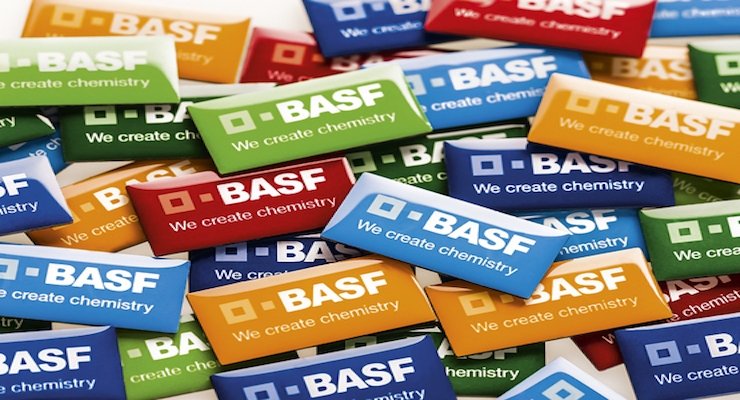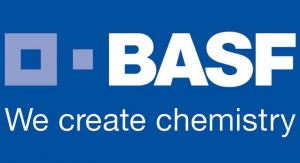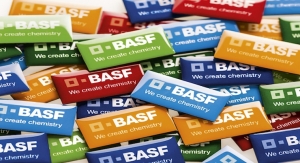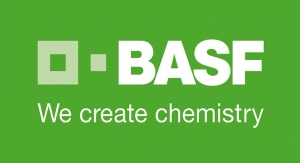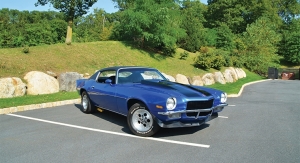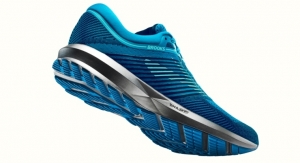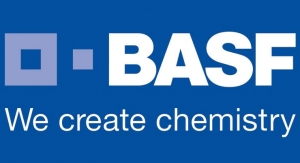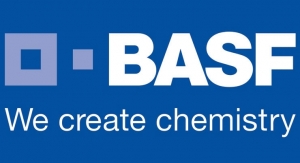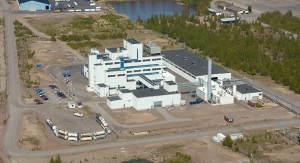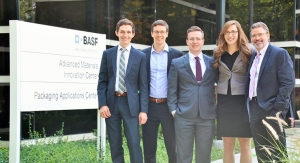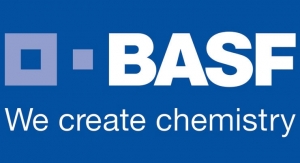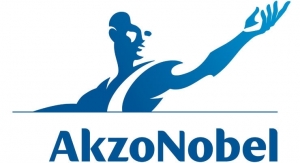12.06.17
BASF, along with Hutchinson Antivibration Systems and General Motors, was recognized at the 47th Annual Society of Plastics Engineers® (SPE) International Automotive Innovation Awards Gala in the Chassis/Hardware Group for its innovative use of plastics in the development of a lightweight powertrain mounting clevis bracket that improves noise, vibration and harshness (NVH).
Hutchinson Antivibration Systems combined BASF’s polyamide expertise with new structural plastics functional specifications in the manufacturing and performance of the bracket solution for General Motors (GM). In designing the bracket for the new GM mid-size SUV platform, including the Cadillac XT5, BASF used its glass-fiber polyamide, Ultramid® A3WG10 CR, to adhere to functional requirements including vibration transmissibility, strength to meet max/min loads, fatigue requirements and performance up to 100 degrees Celsius, which allows for more flexible mating conditions during assembly.
In this application, Hutchinson used Ultramid to develop seven clevis brackets for different powertrain and platform combinations that are up to 45 percent lighter with improved damping performance and corrosion resistance, at no additional cost, than the standard die cast aluminum design.
Engineers also utilized BASF’s proprietary performance technology, ULTRASIM®, to predict how materials would perform in driving conditions.
“Hutchinson and BASF partnered and leveraged competencies to solve this challenge and ensure a superior solution for GM,” said Laurent Frieh, vice president of business development, Hutchinson Antivibration Systems.
Christopher Korson, Market Specialist for the chassis segment of BASF’s Performance Material Division in North America, added, “The automotive industry is focusing on how composites can save weight and improve NVH isolation. Automakers and suppliers are embracing the differences between metal and composite solutions while analyzing and setting composite design criteria differently than metallic solutions.”
SPE’s Automotive Innovation Awards program is the oldest and largest competition of its kind in the automotive and plastics industries. Dozens of teams made up of OEMs, tier suppliers, and polymer producers submit nominations describing their part, system, or complete vehicle module and why it merits the claim as Year’s Most Innovative Use of Plastics.
Hutchinson Antivibration Systems combined BASF’s polyamide expertise with new structural plastics functional specifications in the manufacturing and performance of the bracket solution for General Motors (GM). In designing the bracket for the new GM mid-size SUV platform, including the Cadillac XT5, BASF used its glass-fiber polyamide, Ultramid® A3WG10 CR, to adhere to functional requirements including vibration transmissibility, strength to meet max/min loads, fatigue requirements and performance up to 100 degrees Celsius, which allows for more flexible mating conditions during assembly.
In this application, Hutchinson used Ultramid to develop seven clevis brackets for different powertrain and platform combinations that are up to 45 percent lighter with improved damping performance and corrosion resistance, at no additional cost, than the standard die cast aluminum design.
Engineers also utilized BASF’s proprietary performance technology, ULTRASIM®, to predict how materials would perform in driving conditions.
“Hutchinson and BASF partnered and leveraged competencies to solve this challenge and ensure a superior solution for GM,” said Laurent Frieh, vice president of business development, Hutchinson Antivibration Systems.
Christopher Korson, Market Specialist for the chassis segment of BASF’s Performance Material Division in North America, added, “The automotive industry is focusing on how composites can save weight and improve NVH isolation. Automakers and suppliers are embracing the differences between metal and composite solutions while analyzing and setting composite design criteria differently than metallic solutions.”
SPE’s Automotive Innovation Awards program is the oldest and largest competition of its kind in the automotive and plastics industries. Dozens of teams made up of OEMs, tier suppliers, and polymer producers submit nominations describing their part, system, or complete vehicle module and why it merits the claim as Year’s Most Innovative Use of Plastics.

